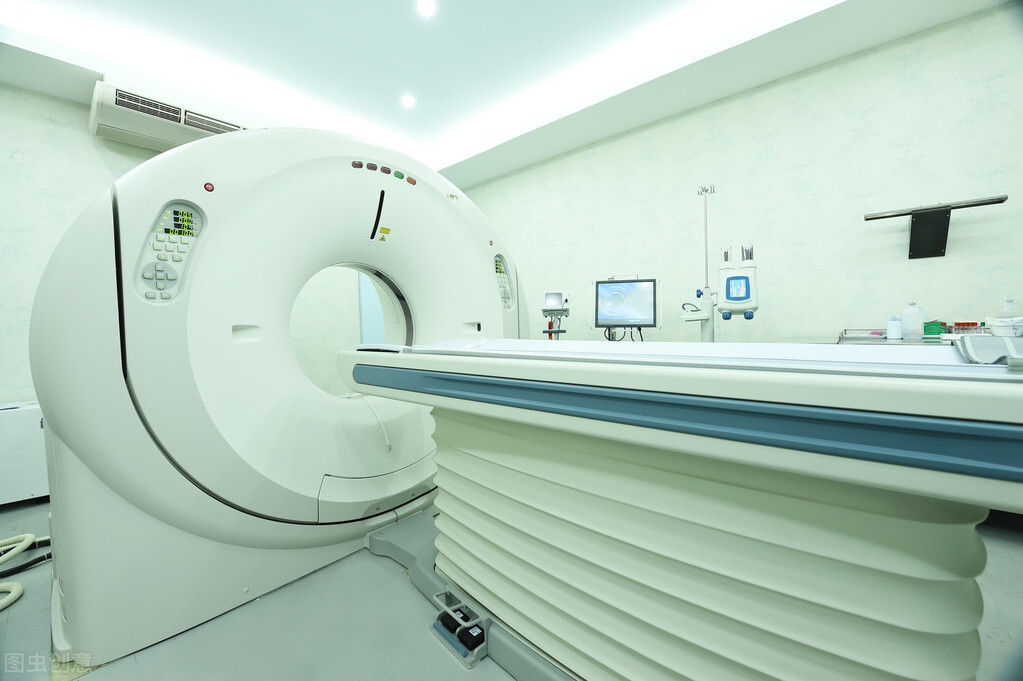Author: Du Ming, Dazhou Yuanda United Hospital
For many people, CT diagnosis is a relatively familiar inspection method, and it is also an inspection method with high clinical application frequency. Nowadays, CT diagnosis is widely used in the differential diagnosis of various diseases and plays a crucial role. Essentially, CT diagnosis is an advanced medical scanning technology. It mainly conducts corresponding plain CT, enhanced CT and contrast CT diagnosis according to the actual situation of uncomfortable parts of the human body, obtains corresponding images, and assists clinical differential diagnosis. The inspection mainly uses the X-ray beam to scan a certain part of the human body, uses the detector to obtain the X-ray passing through this part, and converts the photoelectricity into an electrical signal, and finally uses the corresponding system for processing to obtain the image. , to assist clinical diagnosis of diseases.

Characteristics of CT diagnosis
It can be seen from the clinical application that in the diagnosis of central nervous system diseases The application of CT diagnosis in China has high application value, and it is widely used at present. It can be used in the diagnosis of traumatic brain hematoma, intracranial tumor, brain injury, intraspinal tumor, parasitic disease, cerebral infarction, cerebral hemorrhage, etc. reliability. Therefore, even brain X-ray angiography can still play a great role in various cerebrovascular diseases such as vascular dysplasia, cerebral vascular occlusion and intracranial aneurysm, but its application frequency has decreased significantly. Spiral CT scanning can not only obtain clear, fine and accurate vascular reconstruction images, but also realize three-dimensional real-time display, which can largely replace traditional cerebral angiography.
There are two sides to everything. Although head CT diagnosis can play an important role in the diagnosis of central nervous system diseases and assist in the accurate clinical diagnosis of diseases, it also has defects in disease diagnosis. The main reason is that the brain CT diagnosis is based on the X-ray absorption of different tissues to achieve imaging. The brain will definitely receive a certain amount of X-rays during the scan, and most patients undergo enhanced CT or contrast CT, and the radiation dose received is much higher than that. Radiation dose for ordinary X-ray scans.
Under normal circumstances, if a small dose of X-ray is irradiated for a short time, it will basically not cause obvious damage to the human body and will not reduce the health level of the patient. However, X-ray irradiation for a long time will cause adverse effects on the human body, causing dizziness, headache, memory loss, insomnia and leukopenia and other uncomfortable symptoms. Therefore, it is very necessary to clarify the indications of spiral CT diagnosis. However, the indications for cranial CT diagnosis are often determined by clinicians. After the clinician has determined the patient’s basic information, past medical history, auxiliary examination results, etc., the clinician decides whether the patient needs a cranial CT diagnosis and whether a contrast agent needs to be used during the examination. Corresponding inspections can be carried out in a planned way to avoid unnecessary radiation, which can improve the safety and application value of head CT diagnosis.
Precautions for CT diagnosis
Keep a good mood The patient’s emotional state must be clarified before the examination. If the patient has obvious restlessness and upset, etc. Emotional, it is not recommended to perform CT diagnosis immediately. Negative emotions will affect the patient’s inspection cooperation and inspection compliance, which will easily lead to overlapping images and incomplete image acquisition, which will eventually lead to the failure of the computer to successfully complete the image reconstruction. Therefore, it is often not recommended to perform CT diagnosis immediately for this type of patients. It is recommended to perform CT diagnosis after the patient’s mood has completely calmed down and the body has returned to a sedative state.
Myelopathy CT diagnosis is not recommended for patients with myelopathy or a history of myelopathy. Because CT diagnosis will perform detailed inspection on some tissues with poor X-ray absorption during the inspection process, and then obtain the corresponding tissue conditions. However, some lesions (such as the posterior fossa of the spinal cord) have a large amount of X-ray absorption, and the absorption speed is relatively fast. After these parts are scanned, there are artifacts in the images, which cannot assist in accurate clinical diagnosis.
Acute diarrhea CT diagnosis is not recommended if the patient has symptoms of acute diarrhea. Because there is often a large amount of gas in the intestines of patients with acute diarrhea, these gases will have a certain adverse effect on CT diagnosis, resulting in abnormal images of related tissue structures, which in turn affects the actual diagnosis results.
CT diagnosis is an imaging examination with high application value. The clinical indications and contraindications of CT diagnosis should be clarified, patients with contraindications should be actively excluded, and high-quality examination services should be provided for patients with indications. The lesions at the scanning site of the patient should be obtained as high-quality images as possible to assist in the examination.